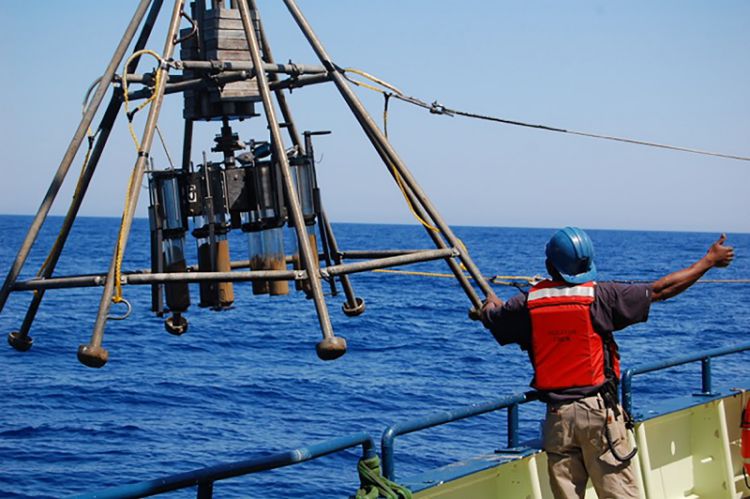Send to a friend
The details you provide on this page will not be used to send unsolicited email, and will not be sold to a 3rd party. See privacy policy.
Countries must share technological solutions to manage freshwater resources together, says a UN University report.
The study, published on 1 October, says there have been 37 water conflicts since 1948. In places such as Israel and its neighbours, political tensions mean that the distribution of water is a potential source of added conflict.
“A lot of literature has been focused on international cooperation, but I think the biggest gains are to be made are within borders.”
Bruce Currie-Alder,International Development Research Centre
Water flows through different countries and jurisdictions that need to work together to manage water successfully — especially when water becomes scarcer because of population growth and climate change, the report says.
Technology is increasingly being used to manage water resources, the report says. For example, satellite monitoring technology can be used to map water management systems, such as irrigation channels and dams, and could one day provide decision-makers with real-time information.
According to Zafar Adeel, the director of UNU-INWEH and one of the study authors, many technologies for water management already exist. Now, we need to find out which work best according to the local context, and implement them, he says. “This is where the significant capacity gap exists in most developing countries,” he says.
The study identifies some successful strategies to build cooperation around water issues, such as including a third-party mediator in negotiations and finding “creative” forms of financing — for instance, Egypt funded water projects in Sudan in exchange for water access.
But some attempts at cooperation over the past ten years have failed to garner the expected results, the study says. These less effective strategies often involve bilateral instead of multilateral negotiations, or neglect underground water resources, the authors write.
The study provides several examples where cooperation, although not perfect, has taken place even under difficult circumstances. This includes cooperation among the countries along the Mekong River, which stretches from Tibet to the southern tip of Vietnam, and in the Tigris-Euphrates river basin, which straddles Iran, Iraq, Kuwait, Syria and Turkey.
These examples show that “water provides a strong incentive for nations to cooperate”, says Olcay Unver, another author of the study and deputy director of the Land and Water Division at the UN Food and Agriculture Organization.
“A lot of literature has been focused on international cooperation, but I think the biggest gains are to be made are within borders,” Currie-Alder tells SciDev.Net. Cooperation between different ministries, different users, farmers and urban people are at least as important as cross-border cooperation, he adds.
References
Zafar Adeel and others Water cooperation: Views on progress and the way forward (UNU-INWEH, 1 October 2015)














